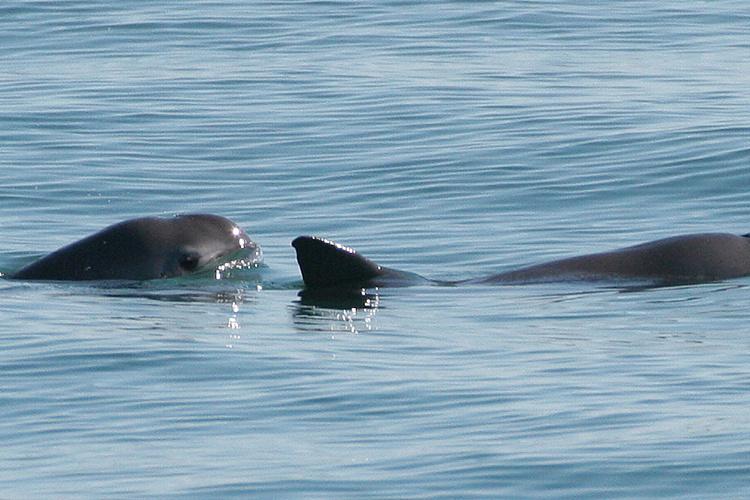Article by: Jane Marsh, Editor-in-Chief of Environment.co
In December 2022, several conservationists and environmental groups sued the U.S. Department of the Interior (DOI) to catalyze sanctions against Mexico for endangering the last of the vaquita porpoises. Mexico has enabled illegal fishing and the wildlife trade, increasing the risk of vaquita entanglement in gillnets.
The sanctions are long overdue as the world watches the few remaining vaquita dwindle to extinction. Many might wonder how its population got to this dire point anyway. Here’s what you need to know about the vaquita and the latest conservation litigation.
What Is the Vaquita Porpoise?
Scientists believe the vaquita’s existence began during the mid-Pleistocene age, lasting from 300,000 to 130,000 years ago. Resembling a small dolphin, the vaquita porpoise measures five feet long and weighs 120 pounds. Its eyes have dark rings with dark lip lines that run from the mouth to the pectoral fins. The rest of its body is a dark gray.
The vaquita’s shyness has made it challenging for marine biologists to study them in their natural habitat. However, scientists have determined that the vaquita’s reproduction rate is relatively low, hindering its ability to bounce back.
Gestation is about 11 months, in which females may give birth to one calf bi-annually — a much longer gestation period and lower birth rate than many land mammals. Additionally, their life span is only about 25 years.
Vaquita On the Brink of Extinction
Between 1997 and 2008, the vaquita population dipped from 600 to 200 due to legal shrimping for export to the U.S. Additionally, as illegal fishing for totoaba increased around 2011, the vaquita’s numbers dropped another 50% in one year. Today, only 10 vaquita porpoises are left in the Gulf of Mexico — about 20 in the wild.
Numerous wildlife assessments of the species and its habitat have uncovered factors driving vaquita to the edge of extinction. For one thing, commercial fishing in the Gulf increases the chances of vaquita getting stuck in nets.
Additionally, the totoaba — another endangered Mexico and U.S. species — is eyed in the illegal fish trade. Its swim bladder is highly desirable for soup and medicinal purposes in China. Unfortunately, the gillnets used to capture them often end up deadly for the vaquita. Mexico agreed to work with scientists in the past to ban gillnets, but lagging enforcement needs to do more to protect the vaquita.
In March 2022, the Mexican military designated a prohibited area for fishing and watercraft, yet scientists counted 15 unregulated vessels leaving from a forbidden launch. The Sea Shepard Conservation Society saw another 29 boats left the launch on December 1, 2022. The International Union for Conservation of Nature also reported illegal fishing boats in unauthorized areas 88% of the days between October 2021 and May 2022.

New Litigation Aims to Save the Vaquita
For some, Mexico’s inaction to conserve the vaquita purpose is strictly to blame for the species near extinction. Sanctions may very well be its last hope. Before the current litigation, scientists tried relocating them to a remote sanctuary, which the vaquita struggled to adjust to. Moving them to an enclosed space also failed.
The recent lawsuit against the DOI is a means of pressuring the agency to issue sanctions against Mexico under the Pelly Amendment from the Fishermen’s Protective Act. The provision allows the sitting U.S. president to ban wildlife imports from other countries.
The Animal Welfare Institute and the Natural Resources Defense Council joined conservations in the lawsuit. Additionally, the Convention on International Trade in Endangered Species of Wild Fauna and Flora has warned Mexico to protect the remaining vaquita or they’ll have to deal with international sanctions in early 2023.
Wildlife Policies Essential for Endangered Species
Without proper wildlife protections, extinction is unavoidable for most endangered species. Recent litigation to conserve the vaquita might deliver some hope for the species. However, countless work is left to address other endangered and threatened species and their demise.


0 comments on “Litigation to Protect the Vaquita in Mexico”